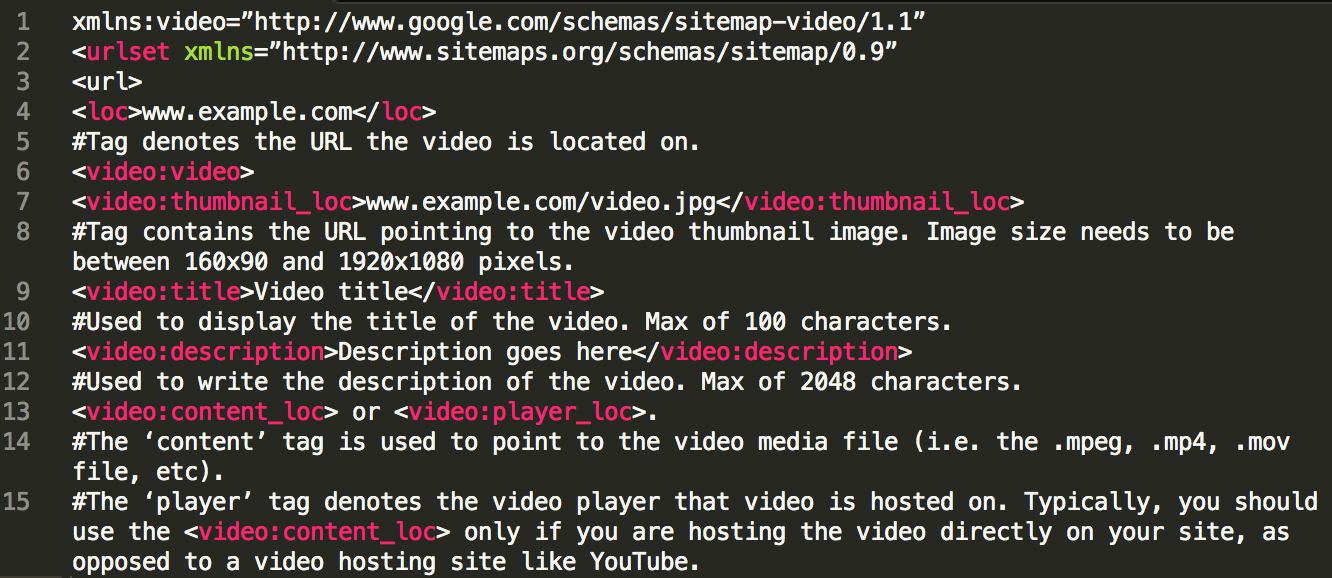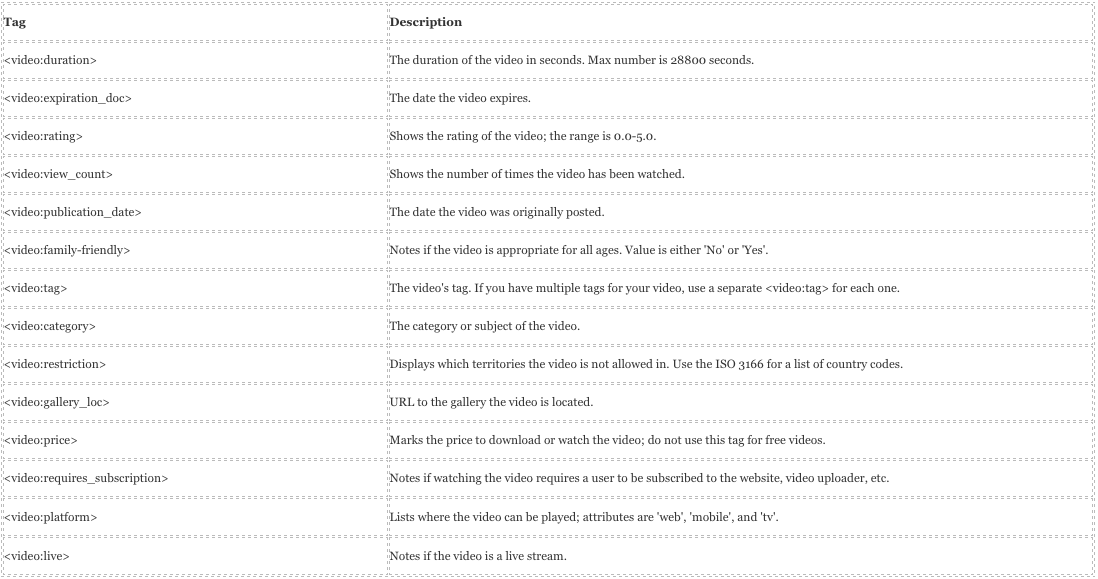If you’ve been around SEO long enough, you’ve probably worked on or even created an XML sitemap. For those who don’t know, an XML sitemap is simply an XML file that contains all of the URLs on a website. This file lives on your site, and makes it easy for search engines to crawl it. Typically the URLs in a sitemap are accompanied by meta data containing information that tells search engines how often the page is updated or its priority relative to other pages on the website. Ultimately, this file is submitted to the search engines via Webmaster Tools (or if you’re Google, the ‘Search Console’) in an effort to get all of your web pages indexed and visible in the search results.
However, there may be more about XML sitemaps that you aren’t aware of. This post will discuss more advanced uses of XML sitemaps, and perhaps you will be able to incorporate some of these uses onto your own website.
1. Image Sitemaps
Indexing your web pages is important, but if you have an image heavy site you should also create an image sitemap. An image sitemap is similar to a standard XML sitemap in that you list the URL of the page that includes the image, but you will then need to tack on the URL where the image is hosted as well. To do so, you need to use the <image:image> tag, and then the <image:loc> tag to display the image’s URL.
Here’s what the process looks like:
If you have multiple images on a page, that is no problem. To list more images from a single URL, after Line 8 repeat the process that began on Line 6.
There are also a few other optional tags you can use to further improve the search engine’s crawling of your images.
Creating and submitting an image sitemap is not require for SEO, but could improve your image rankings.
2. Video Sitemaps
Similar to image sitemaps, video sitemaps allow search engines to better crawl your site’s video content, which will likely improve your video’s search ranking results. You can create a separate video sitemap and submit it to the search engines, or you can add the video syntax to your existing XML sitemap.
There are a large number of optional tags you can use when creating your video sitemap. The required tags are as follows:
The following table lists all the optional tags you can use:
3. Index Files
XML Sitemaps can only contain up to 50,000 URLs or be 10MB. If your website is too large, you will need to submit multiple sitemaps. In order to streamline the submission process, you can create a sitemap index file. An index file contains links to all your current XML sitemaps. You can also include your image and video sitemaps in the index file.
To create one, simply follow these steps:
To add more sitemaps, after Line 6 simply repeat Lines 3-6 again.
4. Hreflang
Many businesses have operations in multiple countries and regions. If you have a website that is serving users in different languages and countries, you should use the ‘hreflang’ attribute. This allows search engines to more accurately provide users with the version of the website that’s appropriate for them.
From here you can simply repeat the process with any other languages your website caters to.
Conclusion
These are four great applications of XML sitemaps that can improve how well search engines are crawling and indexing your website. I hope this post helps you get the most out of your sitemap. Let me know if you have any other cool applications for sitemaps in the comments below!













Responses